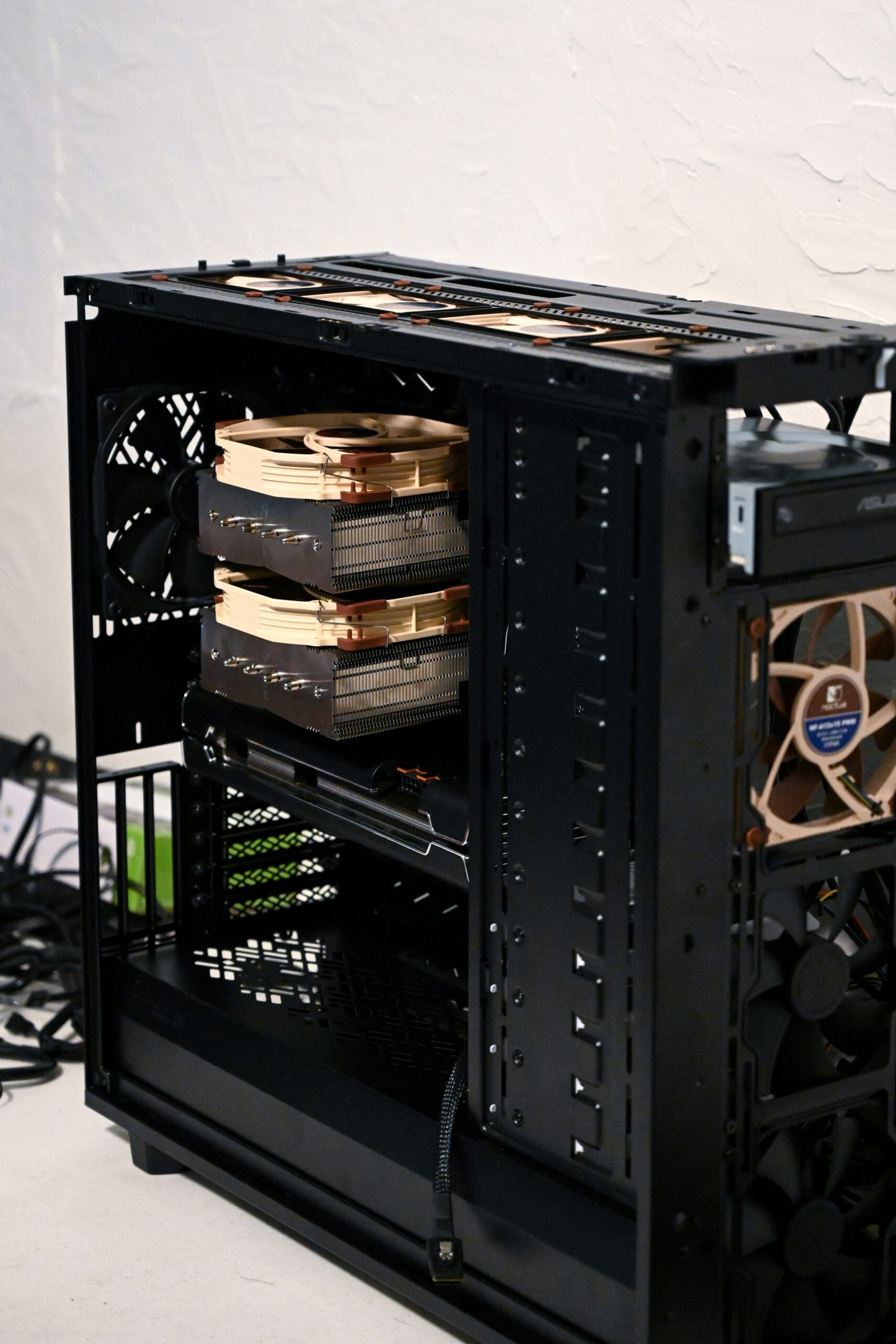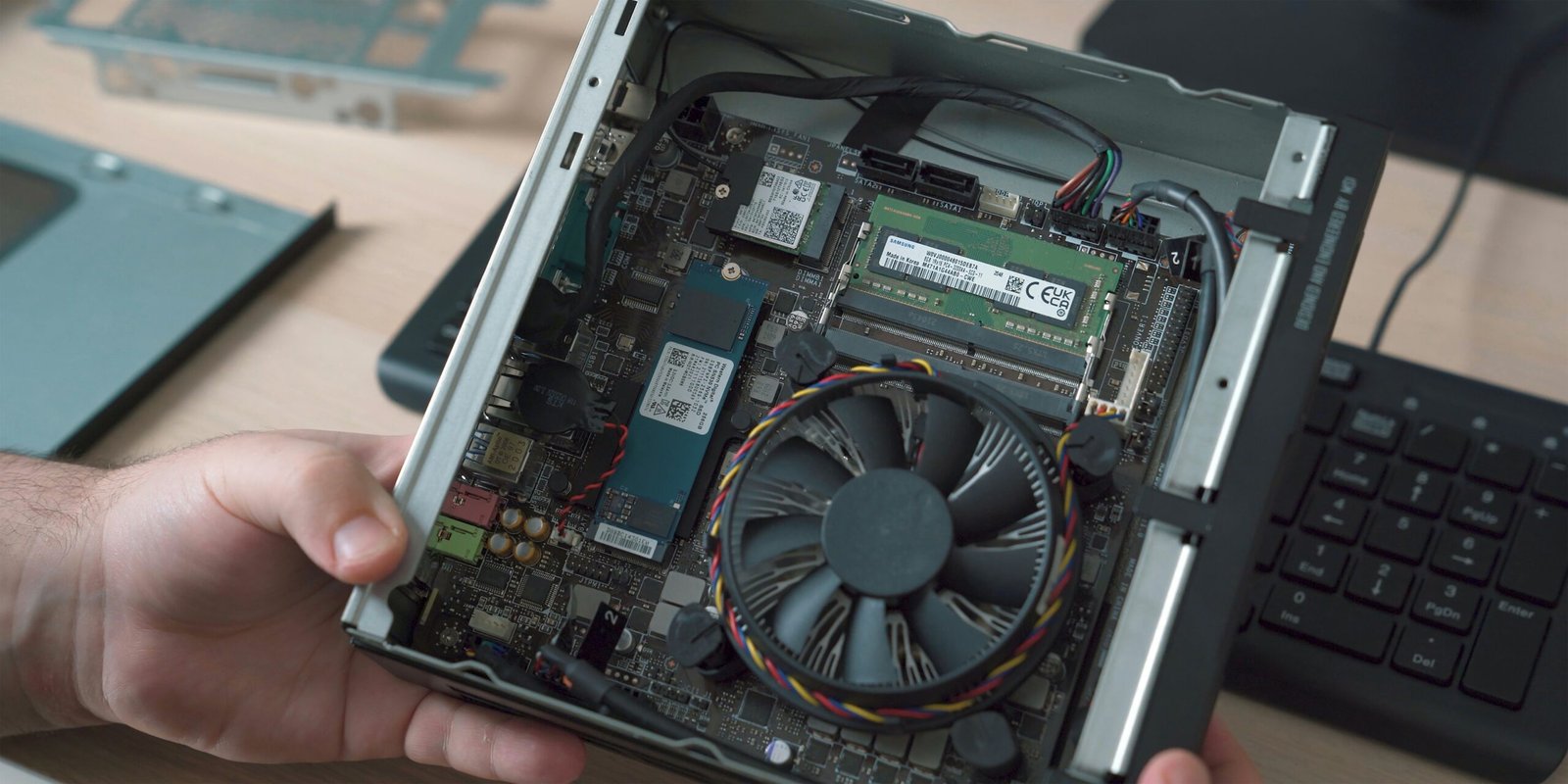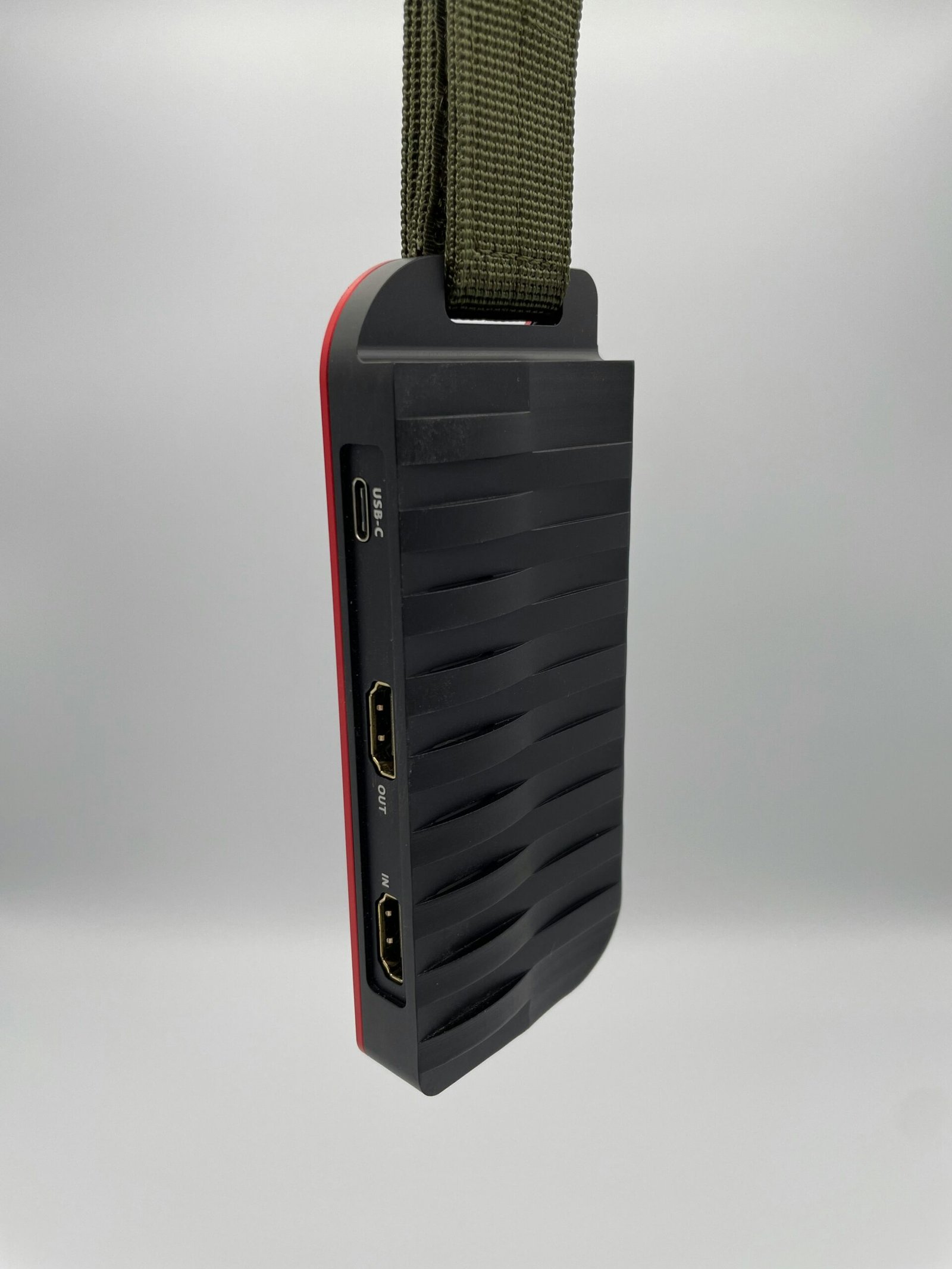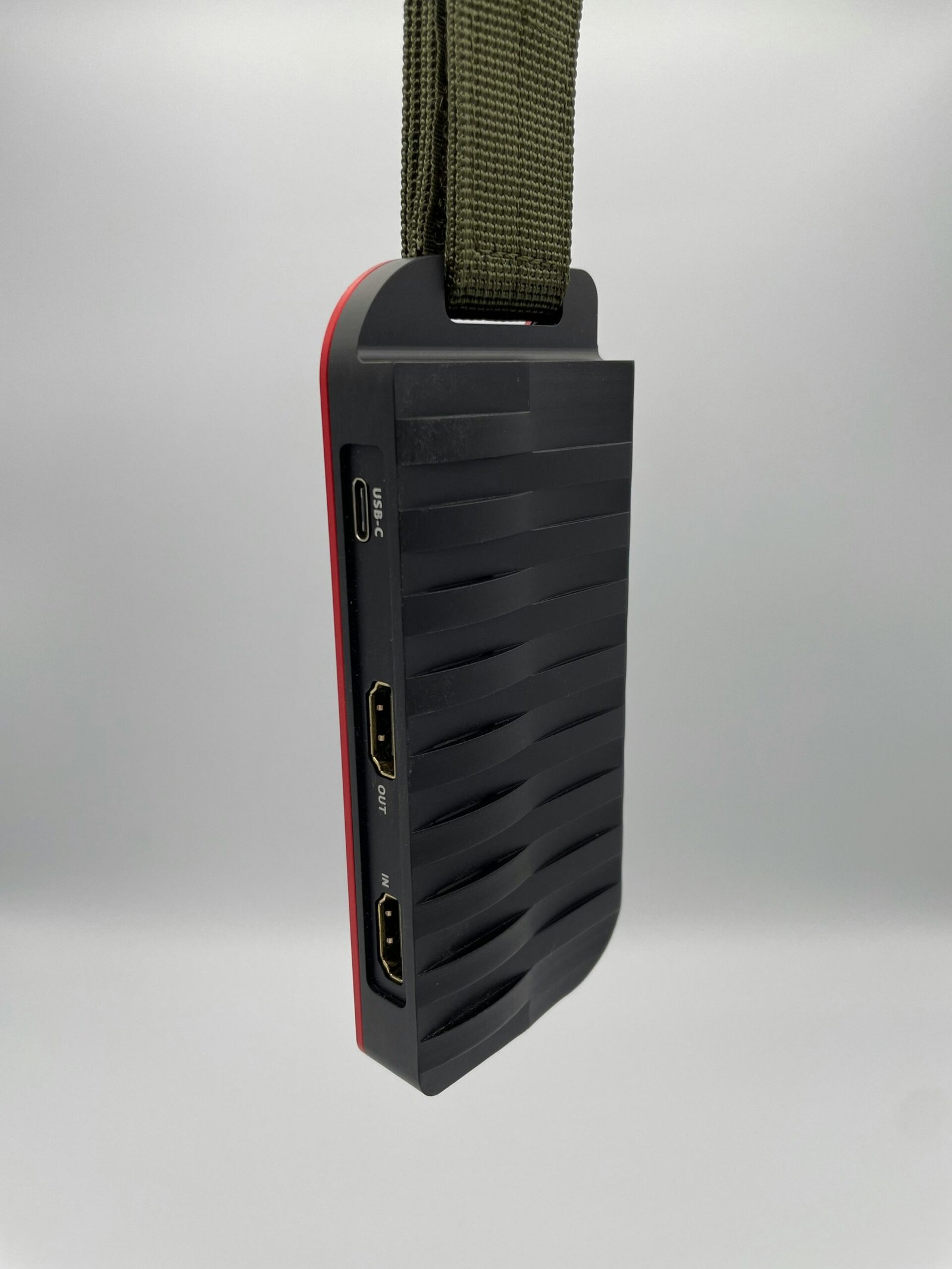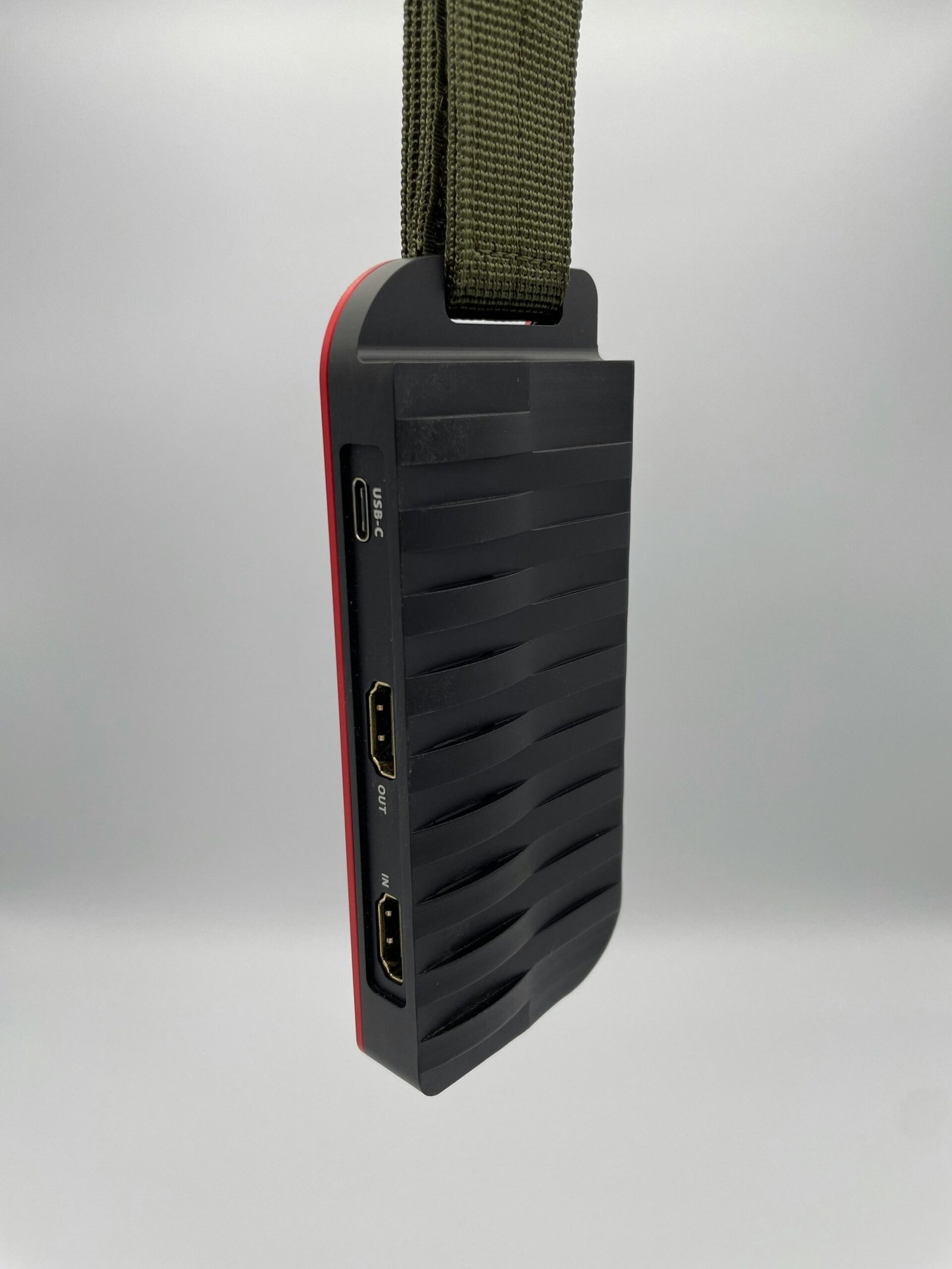Is Fortnite OK for Low-End PCs?
Introduction to Fortnite’s Popularity and System Requirements
Fortnite, developed by Epic Games, has rapidly ascended to become a global gaming sensation. Since its release in 2017, the title has managed to dominate the gaming landscape, amassing millions of players worldwide. The game’s engaging mechanics, frequent updates, and unique battle royale mode have all contributed to its status as a cultural phenomenon. It’s not uncommon to hear Fortnite references in everyday conversation or see its influence across various media platforms.
Part of Fortnite’s allure lies in its ability to cater to both competitive and casual players, fostering a diverse and inclusive community. However, the game’s demanding graphical performance has sparked curiosity among players with low-end PCs. This group is keen to understand whether their hardware can support Fortnite. Understanding the game’s system requirements is crucial in this context.
Fortnite’s minimum system requirements include an Intel Core i3-3225 processor with 8 GB of RAM and an Intel HD 4000 graphics card. These specifications allow the game to run, but performance might be limited, especially in graphics-intense scenarios. The recommended specifications are significantly higher, suggesting an Intel Core i5 with 16 GB of RAM and an NVIDIA GTX 960 graphics card. This setup ensures a smoother gaming experience with better graphics quality and higher frame rates.
Given the increasing inquiries about Fortnite’s performance on low-end PCs, it’s apparent that many players wish to enjoy this phenomenon without necessarily investing in high-end hardware. This blog post aims to delve deeper into the feasibility of running Fortnite on such systems, offering insights and practical solutions for gamers navigating hardware limitations.
Performance Challenges on Low-End Hardware
Attempting to run Fortnite on low-end PCs can present a multitude of performance challenges that significantly impact the gaming experience. One of the most commonly reported issues is low frame rates. Players with outdated or underpowered hardware might find their game struggling to maintain even a consistent 30 frames per second (FPS), let alone the more desirable 60 FPS or higher. This inconsistency and frequent dips in frame rates can lead to a choppy and unresponsive gameplay experience.
Graphic settings also play a crucial role in performance challenges for low-end systems. Fortnite offers a range of graphic settings from ‘low’ to ‘epic’ quality, but for players on insufficient hardware, even on the lowest settings, the game may not run smoothly. Adjustments like reducing resolution, lowering texture, shadows, and effects can help improve performance, but these compromises can significantly detract from the visual experience and the overall immersion in the game.
Another critical issue faced by gamers on low-end PCs is lag or stuttering. This can manifest as brief pauses or delays that disrupt the fluidity of movement, making it difficult to aim, build, or respond quickly in critical moments. In a competitive environment such as Fortnite, where split-second decisions and actions are paramount, these performance hiccups can mean the difference between victory and defeat. For instance, a player named John shared, “I’ve experienced constant lag spikes, making it impossible to compete effectively. It becomes frustrating when I lose battles not because of my skill level but due to my PC’s limitations.”
These performance challenges not only hinder the enjoyment of the game but can also be demoralizing for players striving to improve their skills. Playing Fortnite on a low-end PC requires significant adjustments and often a willingness to endure suboptimal performance, which many find to negatively affect their overall gameplay experience.
Optimizing Fortnite for Low-End Systems: Tips and Tricks
Playing Fortnite on a low-end PC can present numerous challenges due to limited hardware capabilities. However, several optimization strategies can help enhance performance and ensure a smoother gaming experience. The first step involves adjusting in-game settings to suit your PC’s specifications.
Resolution: Lowering the in-game resolution can significantly improve FPS (frames per second) on low-end PCs. While the visual quality may decrease, the performance boost is often worth the trade-off. Aim for a resolution that balances playability with visual clarity, such as 1280×720.
Texture Quality: Reducing texture quality is another effective method to optimize Fortnite. Navigate to the settings menu and select ‘Low’ or ‘Medium’ under Texture Quality. This adjustment can help free up GPU (graphics processing unit) resources, resulting in a more stable gameplay experience.
Shadows and Effects: Shadows and certain effects, like reflections, can be extremely demanding on system resources. To optimize performance, turn off shadows and reduce effects to their minimum settings. These changes might slightly impact visual aesthetics, but they contribute significantly to enhancing FPS and overall stability.
System Settings Adjustments
Beyond in-game settings, configuring system settings can also lead to noticeable performance gains. Start by updating your graphics drivers to the latest version, as manufacturers frequently release updates aimed at enhancing game performance. Additionally, ensure that your operating system is up-to-date.
Optimizing system resources can further improve Fortnite’s performance. Disable unnecessary background applications and services that consume CPU and RAM. Tools like Task Manager can help identify and terminate these processes. Moreover, altering power settings to ‘High Performance’ can provide a more consistent gaming experience.
Using Performance-Enhancing Software and Tools
Several third-party tools and software can assist in optimizing Fortnite for low-end PCs. Applications such as Razer Cortex and Game Booster are designed to allocate system resources more efficiently, thereby improving game performance. These tools generally optimize RAM usage, manage CPU resources, and even defragment game files.
Additionally, consider using tweaks such as disabling Windows visual effects for better performance. Navigate to ‘System Properties’ and adjust the settings for optimal performance. Configuring the Fortnite installation folder to utilize high-priority system resources can also contribute to smoother gameplay.
By incorporating these tips and tricks, you can significantly enhance the performance of Fortnite on low-end systems. Proper optimization ensures a more enjoyable and less frustrating gaming experience.
Alternatives and Future Considerations
For players concerned about whether Fortnite is suitable for low-end PCs, it is worthwhile to consider alternative games that provide a similar experience but are optimized for less powerful hardware. Titles like “Apex Legends Lite,” “PUBG Lite,” and “Realm Royale” are examples of battle royale games that are designed to run more efficiently on low-spec systems. These games maintain the core elements of the genre—dynamic PvP gameplay, strategic map navigation, and survival mechanics—while requiring fewer resources.
“Realm Royale,” for instance, offers a unique class-based system and a more forgiving hardware demand. Its visually appealing but graphically simpler design ensures a smooth experience on low-end PCs. Similarly, “PUBG Lite” replicates the intense battleground environment of “PlayerUnknown’s Battlegrounds” with reduced system requirements, allowing players with humble setups to join the battlefield.
It’s essential to look ahead at potential hardware upgrades or configurations that could enhance the gaming experience on low-end systems. Simple upgrades like adding more RAM or swapping in a solid-state drive (SSD) can significantly improve performance. Additionally, tweaking in-game settings like reducing resolution or disabling high-end graphical features can make a substantial difference.
As we evaluate Fortnite’s accessibility for players with low-end PCs, it’s important to recognize that Epic Games is persistently updating the platform. Recent optimizations and patches have aimed at improving lower-end performance, and upcoming updates may further enhance compatibility. Developer efforts to balance the game’s graphical fidelity and resource intensity are ongoing, reflecting a commitment to making Fortnite accessible to a broader audience.
Overall, while Fortnite can be demanding for low-end PCs, exploring alternative games and considering future hardware improvements can provide a more inclusive and enjoyable gaming experience. Epic Games’ continuous improvements also signal promising advancements for high-quality gameplay, regardless of hardware limitations.

